The Plot:
Pop art icon Andy Warhol returns from the grave to narrate this Netflix docuseries from producer Ryan Murphy. Warhol speaks from beyond the veil thanks to a new artificial intelligence program… and a little help from actor Bill Irwin, who narrates passages from Warhol’s journals. The show also features extensive interviews with a number of his close friends and associates, including John Waters, Jerry Hall, Bob Colacello, Mariel Hemingway, Rob Lowe, and more.
The Good:
Warhol famously cultivated his aloof image, dodging questions about his sexuality and romantic life. Diaries peels away the veneer, portraying the man as neurotic, insecure, and somewhat at odds with his sexuality. Everyone knew Warhol was gay though he liked to pass himself off as above sex. In reality, he fetishized masculinity and yearned for romantic intimacy. The series’ best moments come in the form of Warhol’s tender writings about boyfriends Jon Gould and Jed Johnson.
The most interesting element of The Andy Warhol Diaries might be unintentional. The series, wittingly or not, seems to argue that Warhol’s real genius lay in self-promotion rather than in artistic innovation. The man had an undeniable talent for manipulating the media and seeing the artistic gifts in others, such as Waters or Jean-Michel Basquiat. After his initial splash making silk-screened art, he spent the remainder of his life reveling in celebrity and using his name as a branding tool.
The Bad:
Talking head interviews get a bit too Freudian as commentators postulate about how Warhol may or may not have wished to be straight, or if he consciously entered into unhealthy relationships.
How about we take this to the next level?
Our newsletter is like a refreshing cocktail (or mocktail) of LGBTQ+ entertainment and pop culture, served up with a side of eye-candy.
The Verdict:
Strange how in peeling back the layers of Andy Warhol, the series only makes the veneer more intriguing.
***
Streams on Netflix March 9.
Don't forget to share:



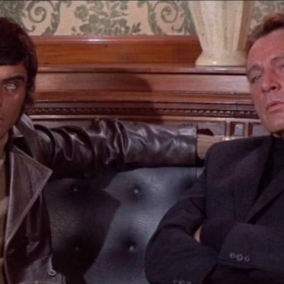
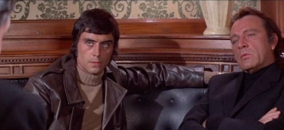
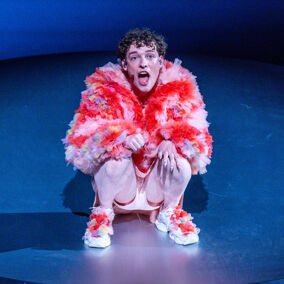
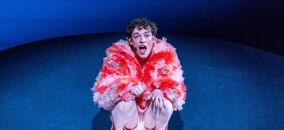
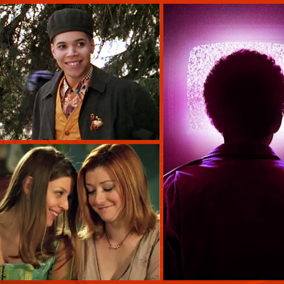
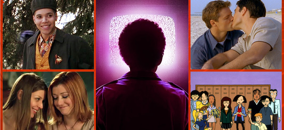
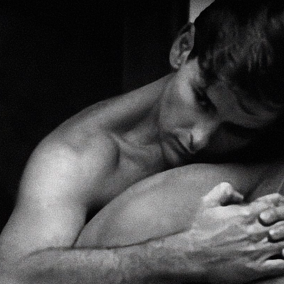
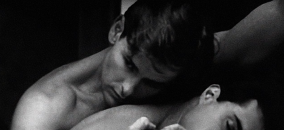
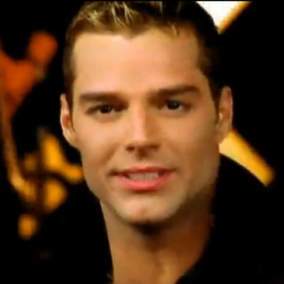
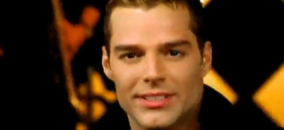


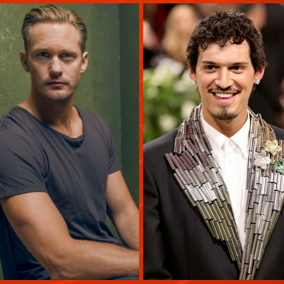
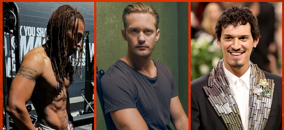
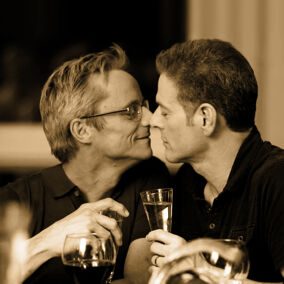
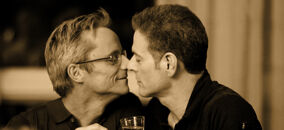
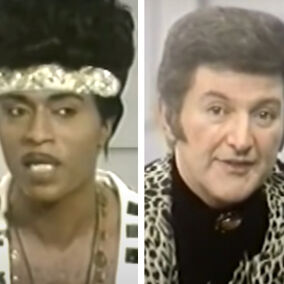
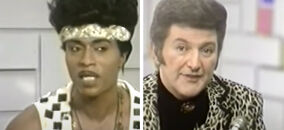
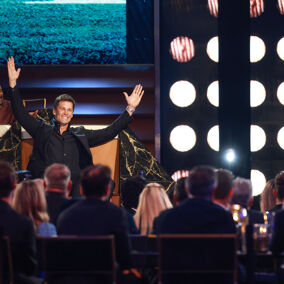
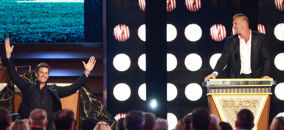
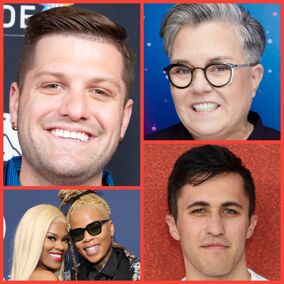
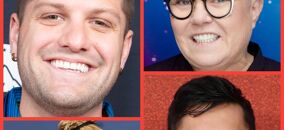
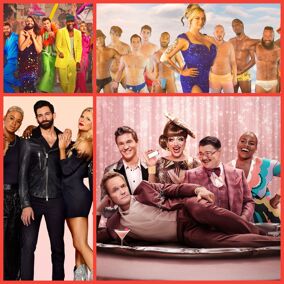
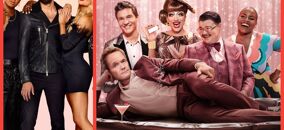

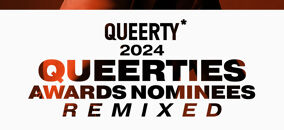
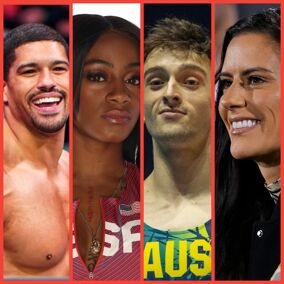
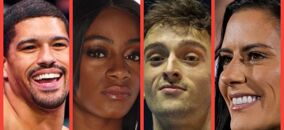
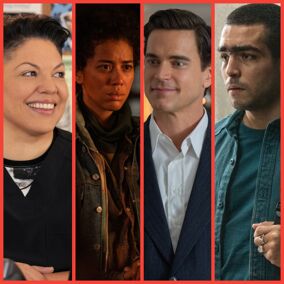
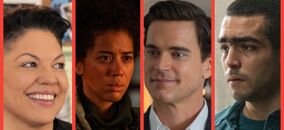
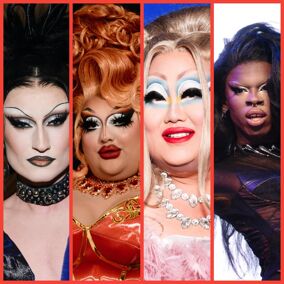
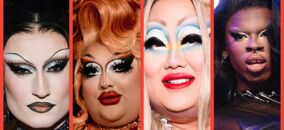




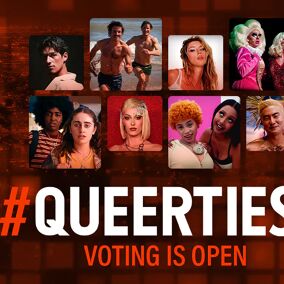

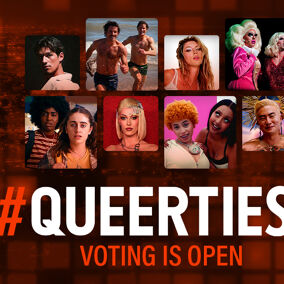

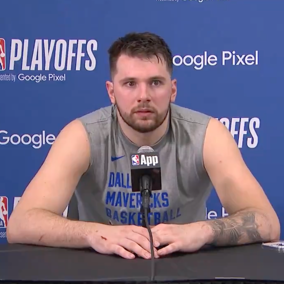
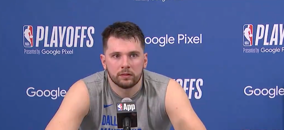
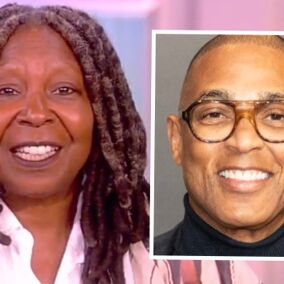
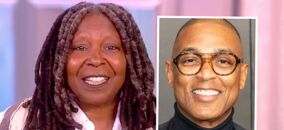
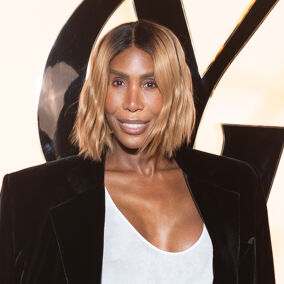

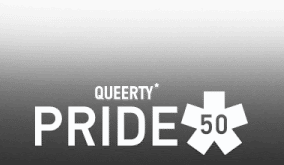

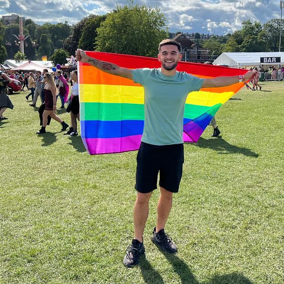

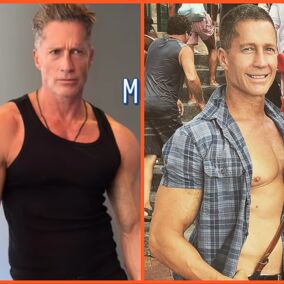
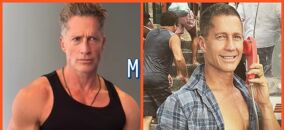




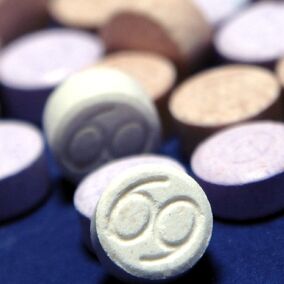


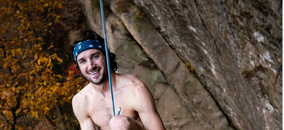
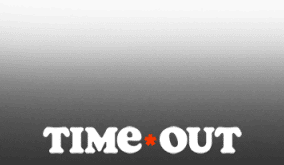

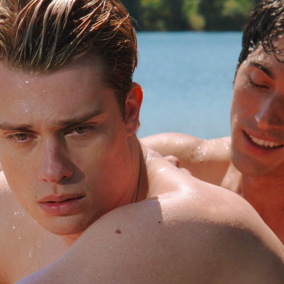



MarcyMayer
Andy Warhol was a mass of contradictions. His Wikipedia biography states:
“Warhol was a practicing Ruthenian Catholic. He regularly volunteered at homeless shelters in New York City, particularly during the busier times of the year, and described himself as a religious person.[197] Many of Warhol’s later works depicted religious subjects, including two series, Details of Renaissance Paintings (1984) and The Last Supper (1986). In addition, a body of religious-themed works was found posthumously in his estate.[197]”
“During his life, Warhol regularly attended Liturgy, and the priest at Warhol’s church, Saint Vincent Ferrer, said that the artist went there almost daily,[197] although he was not observed taking Communion or going to Confession and sat or knelt in the pews at the back.[184] The priest thought he was afraid of being recognized; Warhol said he was self-conscious about being seen in a Roman Rite church crossing himself “in the Orthodox way” (right to left instead of the reverse).[184]”
“His art is noticeably influenced by the Eastern Christian tradition which was so evident in his places of worship.[197]”
“Warhol’s brother has described the artist as “really religious, but he didn’t want people to know about that because [it was] private”. Despite the private nature of his faith, in Warhol’s eulogy John Richardson depicted it as devout: “To my certain knowledge, he was responsible for at least one conversion. He took considerable pride in financing his nephew’s studies for the priesthood”.[197]”
SamB
“The most interesting element of The Andy Warhol Diaries might be unintentional. The series, wittingly or not, seems to argue that Warhol’s real genius lay in self-promotion rather than in artistic innovation.”
This never has been a secret and should come as a surprise to no one. He was a marketer, not an artist.
Jim
You hit the nail on the head. His skill waist self-promotion. His art was more craft then creativity
Polaro
Of course he was an artist. He was a brilliant marketer too.
Ginger Tom
Warhol was a very fine draughtsman indeed and of course was better known as a commercial artist for many years. However there is no question in my mind that like many great artists the whole was more than the sum of the parts. The word “iconic” can scarcely be overused in his art. Therein, his religious background, surrounded by and steeped in iconic religious art is key to understanding his very modern art, which helped to consign abstract expressionism to the past. There is at times the most extraordinary fusion between the religious image and the mundanity of mass produced commercialism. I believe he saw both religion and the mundane as essentially containing each other, a marriage between the sacred and the profane. This is what he did as a great artist.
stanhope
It found it very interesting. I had read the book ages ago when I had just begun collecting Warhol. I remember that i had bought ‘Fellatio’ but it had not shipped when he died. I thought I would never receive it since Warhol prices were increasing rapidly. Thanks to Fred Hughes I did in fact receive it. I found Warhol’s personal life fascinating. This kept me from canceling netflix with the latest price increase.
scotty
Pgh, FTW.
mateo
I came away from the series wanting to know much more about Jed Johnson. What a sweet, handsome young guy! He seemed very devoted to A.W. Such a terrible way to die.